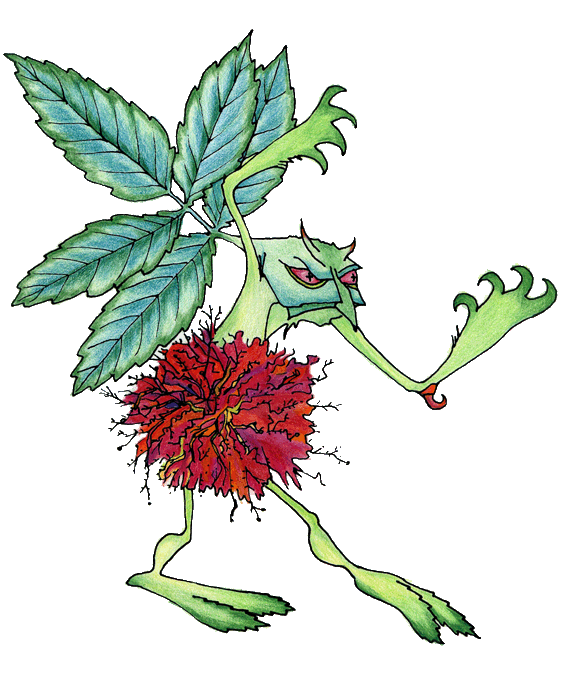| When I saw plant galls for the first time I wanted to know what species there were to be found basically, and so I started collecting anything that looked like a plant gall. Boxes full of them I have now. Nowadays I think it is better for me to take pictures (digital or slides) and when you are interested in the gall maker itself, it is a good idea to try to get the inhabitants to emerge from the galls. The list of species described below are gall makers and their hosts, from species that I myself or another gall studying person has seen. A description is given and, where possible, a picture. For people who are interested in the Dutch distribution of pant galls can soon take a look at the database we are preparing for this website. Since the subject of plant galls becomes more popular only recently, we do not have yet such an extended database. Any contribution is welcome! |
| | |
|
| Anguina sp.? - The thickening of the stems of Agrostis stolonifera is probably caused by a nematode (Anguina sp.?). The colours of the swelling is white. In the book of DvL it says the swellings are coloured light purple or pink and it doesn't say that the swelling is in the stem, but on the blade and on the bases of the axis of the leaves. Schiermonnikoog. | |  |
| | |
|
| Anguina graminis. Here the same story as above. Probably a nematode. The swellings are a couple of mm long on Festuca rubra and are situated on the sides of the leaves. The swellings are more dark of color and the leaf tends to bend a little at places of infection. Schiermonnikoog. | | 



|
|
| Aphelenchoides fragariae causes gall formation in the plant parts ofAnemone nemorosa. The nematodes don't have actual gall chambers in the galls. The edges of the leaves are roled upward, sometimes twisted and somewhat swollen. The gall on the pictures are found near Meppel. | | 

|
 Nederlands
Nederlands
